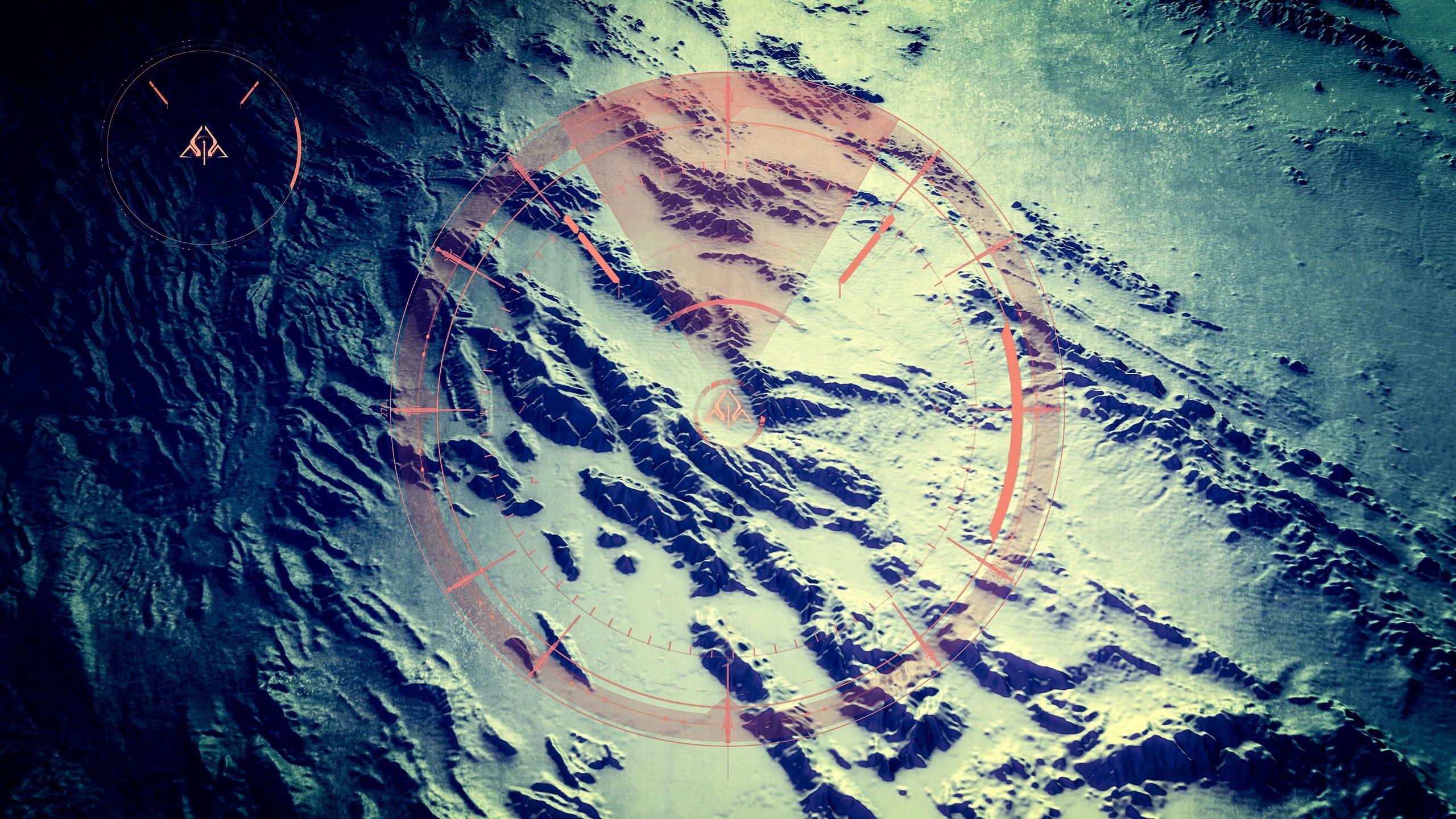📞 07740 251154 | admin@ercsinternational.com | Office Time: Mon-Fri: 08:30 – 17:30

What is GPR (Ground Penetrating Radar)
Ground Penetrating Radar (GPR) is a remote sensing technology that uses radar pulses to detect and map objects beneath the surface without excavation.
How Drones Are Transforming Ground Penetrating Radar Surveys
What is Ground Penetrating Radar (GPR) with Drones?
Ground Penetrating Radar (GPR) is a geophysical method that uses radar pulses to image the subsurface. When combined with drone (UAV) technology, GPR sensors are mounted on drones to perform aerial surveys that detect buried objects, utilities, voids, and changes in material properties below the surface without excavation. This integration allows for efficient, rapid, and safe subsurface mapping over large or hard-to-access areas.
Want to See GPR it in Action
Contact us today to arrange a visit to one of our upcoming project sites and experience drone-based GPR surveying firsthand.

How Does Drone-Based GPR Work?
Drones equipped with lightweight GPR sensors fly precise grid patterns, sending high-frequency radar pulses into the ground and capturing reflections from subsurface features. Advanced processing then converts this data into detailed 3D images, revealing buried infrastructure, archaeological remains, or potential UXO hazards using ground penetrating radar

Advantages of Using Drones for GPR Surveys
Access to Difficult Terrain: Drones can cover uneven, hazardous, or remote areas that are challenging for ground crews.
Safety: Minimises personnel exposure to dangerous sites like contaminated land or UXO zones.
Speed: Drones cover larger areas faster than traditional handheld or vehicle-mounted GPR.
High Resolution: Modern drone GPR
Access to Difficult Terrain: Drones can cover uneven, hazardous, or remote areas that are challenging for ground crews.
Safety: Minimises personnel exposure to dangerous sites like contaminated land or UXO zones.
Speed: Drones cover larger areas faster than traditional handheld or vehicle-mounted GPR.
High Resolution: Modern drone GPR systems can produce fine-scale subsurface imagery suitable for detailed analysis.
Cost-Effective: Reduces labour and equipment costs compared to manual surveys.

Typical Applications of Drone-Based GPR
Typical Applications of Drone-Based GPR
Typical applications of drone-based GPR include mapping buried utilities and infrastructure, identifying archaeological features without excavation, and detecting potential hazards such as unexploded ordnance (UXO). It is also widely used for assessing ground conditions before construction, investigating sinkholes or voids, and supporting
Typical applications of drone-based GPR include mapping buried utilities and infrastructure, identifying archaeological features without excavation, and detecting potential hazards such as unexploded ordnance (UXO). It is also widely used for assessing ground conditions before construction, investigating sinkholes or voids, and supporting environmental and geological studies. By providing fast, accurate, and non-invasive subsurface data, drone-based GPR helps reduce risk, improve planning, and support safer, more efficient project delivery
Drone Survey
Drone Technology
Drone Technology
Drone Technology
Drone Technology
Drone Technology
About Us
Drone Technology
About Us
Copyright © 2025 ERCS International Ltd - All Rights Reserved.
This website uses cookies.
We use cookies to analyze website traffic and optimize your website experience. By accepting our use of cookies, your data will be aggregated with all other user data.